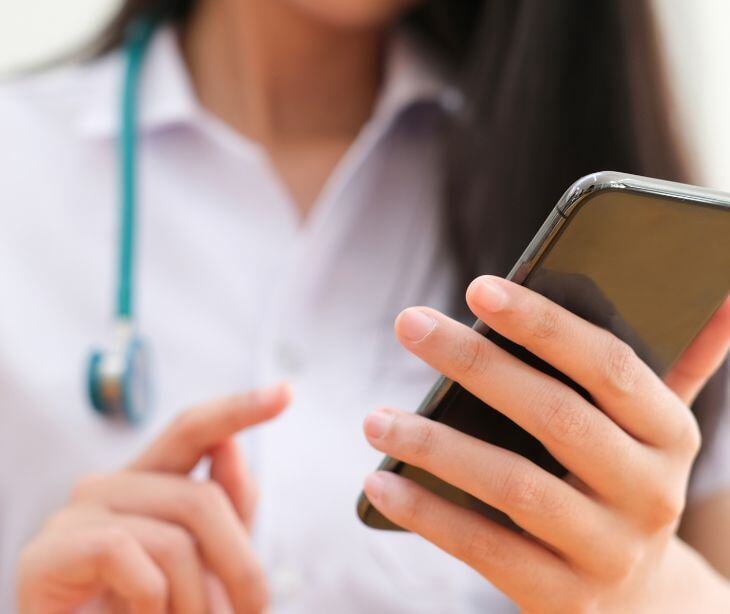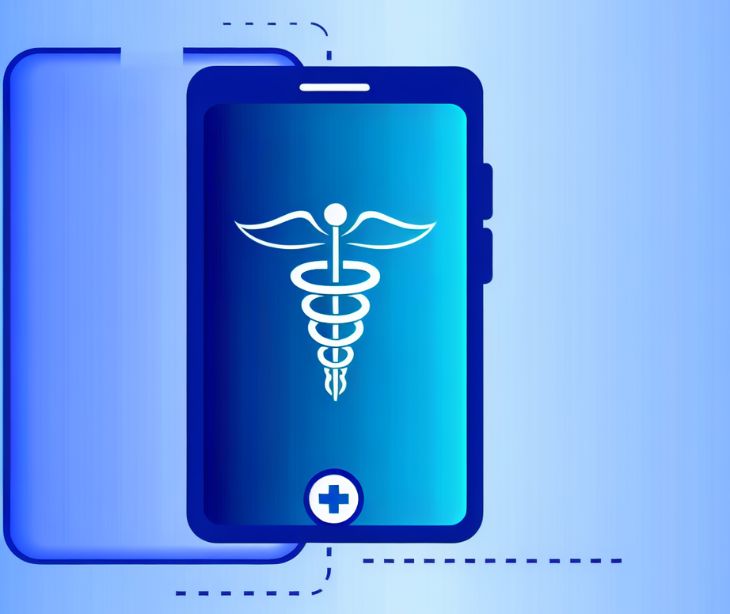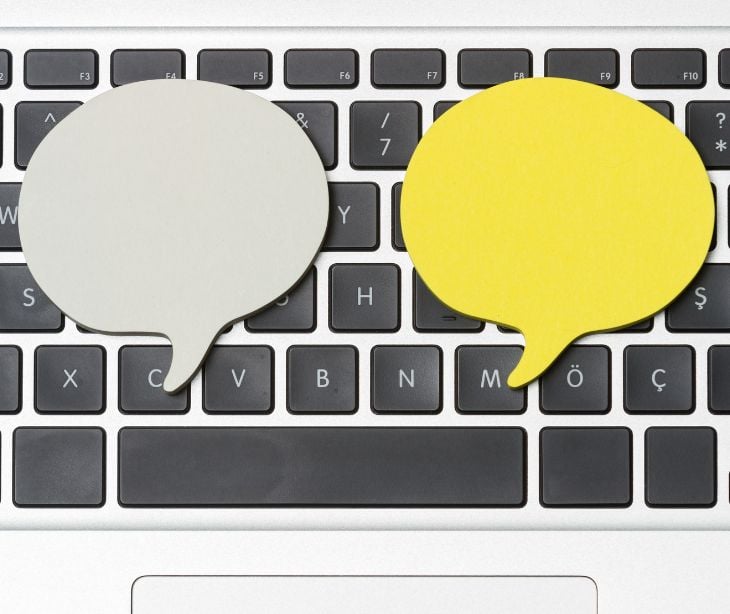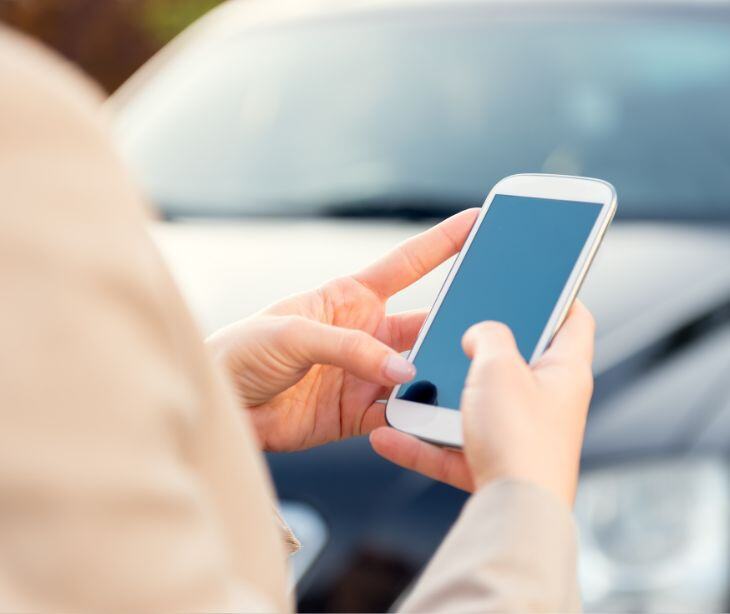
Instant messaging is a form of real-time digital communication that allows users to exchange text, images, videos, and voice messages instantly over the internet. Unlike traditional email, instant messaging enables instant interaction, making it a popular tool for both personal and professional communication.
In healthcare, instant messaging facilitates quick decision-making, enhances collaboration among medical teams, and improves patient engagement by enabling secure and instant immediate communication. However, its use must comply with industry regulations to ensure data privacy and security.
Read more: Instant messaging in healthcare
Benefits of instant messaging in healthcare
A study by Laura Baratta, published in the Journal of Medical Internet Research, found that daily messages increased from approximately 54,000 to nearly 70,000 over the study period, indicating growing reliance on instant messaging for clinical communication. Here are some of the benefits of using instant messaging in healthcare:
- Improved communication and collaboration: instant messaging enables real-time communication between healthcare professionals, reducing delays in decision-making. It’s beneficial for multidisciplinary teams to coordinate patient care.
- Faster response times: Urgent patient care decisions, test results, or critical updates can be shared instantly; instant messaging improves efficiency and potentially saves lives.
- Enhanced patient engagement: Secure messaging allows patients to communicate with healthcare providers for quick inquiries, appointment scheduling, or follow-ups, proving patient satisfaction.
- Reduced errors: Clarifications on prescriptions, treatments, or lab results can be made instantly, reducing miscommunication that might arise from phone calls or paper-based systems.
- Supports remote work and telemedicine: instant messaging is useful for virtual consultations, second opinions, and remote patient monitoring, especially in telehealth settings.
See also: The potential uses of HIPAA compliant texting
Challenges and risks
Although beneficial, using instant messaging in healthcare is not without complications and risks. Some include:
- Security and compliance issues: Many instant messaging apps (e.g., WhatsApp, Telegram) are not HIPAA compliant or don’t meet regulations like GDPR, posing risks to patient data privacy. Healthcare organizations must use encrypted and compliant platforms.
- Message overload and burnout: Constant notifications can overwhelm healthcare workers, leading to distraction and fatigue.
- Miscommunication risks: Unlike in-person conversations, text-based messages can lack context or tone, leading to misunderstandings in patient care.
- Data retention and legal concerns: Not all instant messaging systems store messages securely, making it difficult to track patient care decisions for legal or record-keeping purposes.
Best practices for effective use
- Use HIPAA/GDPR-compliant platforms like Paubox Texting to ensure security.
- Set clear guidelines on message urgency and response expectations to prevent burnout.
- Encourage proper documentation by integrating instant messaging with electronic health records (EHRs).
- Train staff on cybersecurity and confidentiality measures when using instant messaging for healthcare communication.
Read also: The guide to HIPAA compliant text messaging
Final verdict
Instant messaging is a highly effective tool in healthcare when used securely and appropriately. It improves collaboration, speeds up response times, and enhances patient engagement. However, without proper safeguards, it can pose security risks and contribute to miscommunication. Healthcare organizations should adopt secure messaging platforms and implement clear policies to maximize their benefits.
FAQS
What should healthcare organizations consider when implementing instant messaging?
Healthcare organizations should prioritize security, use compliant platforms, provide staff training, and establish clear communication policies. Integrating instant messaging with electronic health records and setting up guidelines for message use and response times are also essential to ensuring effective use in patient care.
How does instant messaging compare to other forms of communication in healthcare?
Instant messaging provides faster, more efficient communication compared to traditional methods like phone calls and paper-based systems. It allows for real-time interaction, reducing response times and errors, making it particularly valuable in fast-paced healthcare environments. However, it requires strict security measures to protect patient information.
Subscribe to Paubox Weekly
Every Friday we'll bring you the most important news from Paubox. Our aim is to make you smarter, faster.



